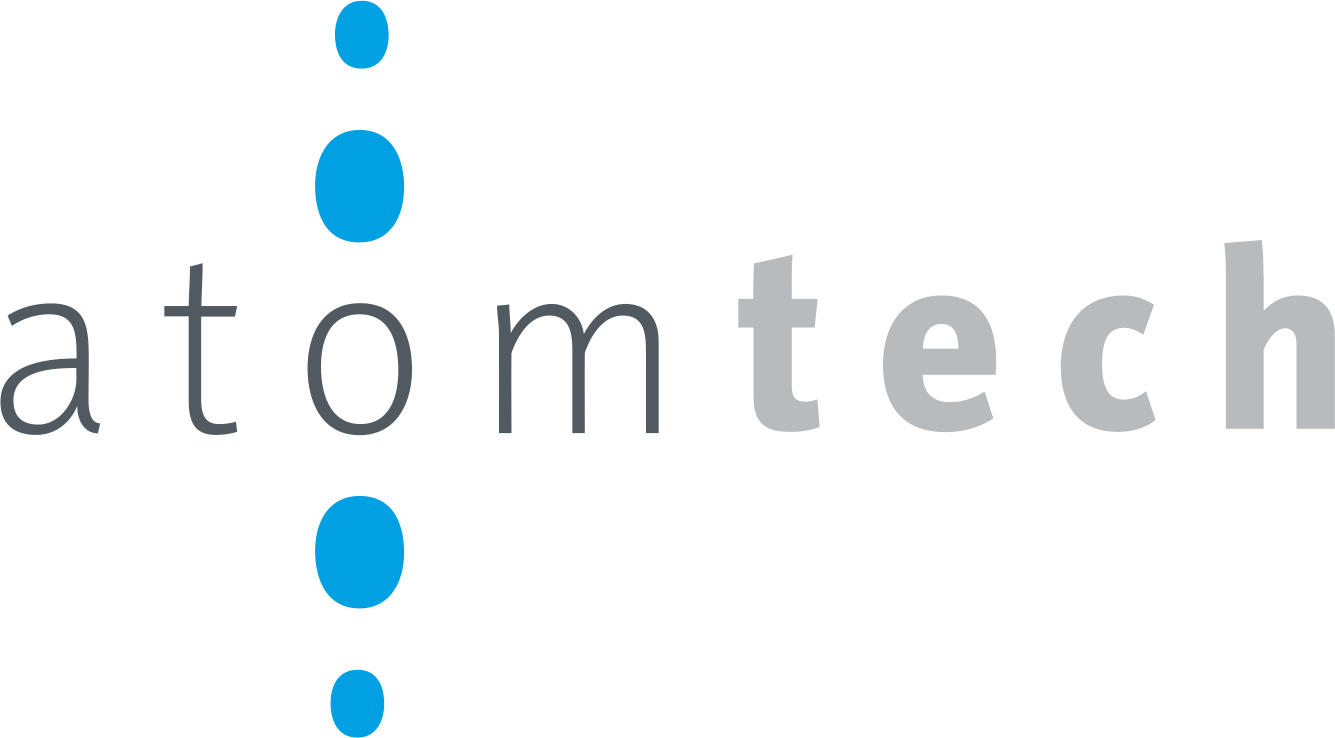Length – 5 days
Overview
This five-day course features intensive hands-on training that focuses on installing, configuring, and managing VMware vSphere® 7, which includes VMware ESXi™ 7 and VMware vCenter Server® 7. This course prepares you to administer a vSphere infrastructure for an organization of any size.
This course is the foundation for most of the other VMware technologies in the software-defined data center.
Product Alignment
• ESXi 7
• vCenter Server 7
Prerequisites
This course has the following prerequisites:
• System administration experience on Microsoft Windows or Linux operating systems
Audience
System administrators.
System engineer.
Objectives
By the end of the course, you should be able to meet the following objectives:
Describe the software-defined data center (SDDC)
Explain the vSphere components and their function in the infrastructure
Install and configure VMware ESXi™ hosts
Deploy and configure VMware vCenter® Server Appliance™
Use VMware vSphere® Client™ to manage the vCenter Server inventory and the vCenter Server configuration
Manage, monitor, back up, and protect vCenter Server Appliance
Create virtual networks with vSphere standard switches
Describe the storage technologies supported by vSphere
Configure virtual storage using iSCSI and NFS storage
Create and manage VMware vSphere® VMFS datastores
Use the vSphere Client to create virtual machines, templates, clones, and snapshots
Create a content library and deploy virtual machines from templates in the library
Manage virtual machine resource use
Migrate virtual machines with VMware vSphere® vMotion® and VMware vSphere® Storage vMotion®
Create and manage a vSphere cluster that is enabled with VMware vSphere® High Availability and VMware vSphere® Distributed Resource Scheduler™
Discuss solutions for managing the vSphere life cycle
Use VMware vSphere® Update Manager™ to apply patches and perform upgrades to ESXi hosts and virtual machines
Course Outline
Course Introduction
Introductions and course logistics
Course objectives
Introduction to vSphere and the Software-Defined Data Center
Explain basic virtualization concepts
Describe how vSphere fits into the software-defined data center and the cloud infrastructure
Explain how vSphere interacts with CPUs, memory, networks, and storage
Recognize the user interfaces for accessing the vCenter Server system and ESXi hosts
Use VMware Host Client™ to access and manage ESXi host
Virtual Machines
Create and remove a virtual machine
Provision a virtual machine with virtual devices
Identify the files that make up a virtual machine
Explain the importance of VMware Tools™
vCenter Server
Describe the vCenter Server architecture
Discuss how ESXi hosts communicate with vCenter Server
Deploy and configure vCenter Server Appliance
Use the vSphere Client to manage the vCenter Server inventory
Add data center, organizational objects, and hosts to vCenter Server
Use roles and permissions to enable users to access objects in the vCenter Server inventory
Back up vCenter Server Appliance
Monitor vCenter Server tasks, events, and appliance health
Use vCenter Server High Availability to protect a vCenter Server Appliance
Configuring and Managing Virtual Networks
Create and manage standard switches
Describe the virtual switch connection types
Configure virtual switch security, traffic-shaping and load-balancing policies
Compare vSphere distributed switches and standard switches
Configuring and Managing Virtual Storage
Identify storage protocols and storage device types
Discuss ESXi hosts using iSCSI, NFS, and Fibre Channel storage
Create and manage VMFS and NFS datastores
Explain how multipathing works with iSCSI, NFS, and Fibre Channel storage
Deploy virtual machines on a VMware vSAN™ datastore
Virtual Machine Management
Use templates and cloning to deploy new virtual machines
Modify and manage virtual machines
Create a content library and deploy virtual machines from templates in the library
Dynamically increase the size of a virtual disk
Use customization specification files to customize a new virtual machine
Perform vSphere vMotion and vSphere Storage vMotion migrations
Create and manage virtual machine snapshots
Examine the features and functions of VMware vSphere® Replication™
Resource Management and Monitoring
Discuss CPU and memory concepts in a virtualized environment
Describe what overcommitment of a resource means
Describe methods for optimizing CPU and memory usage
Use various tools to monitor resource use
Create and use alarms to report certain conditions or events
vSphere Cluster
Describe options for making a vSphere environment highly available
Explain the vSphere HA architecture
Configure and manage a vSphere HA cluster
Examine the features and functions of VMware vSphere® Fault Tolerance
Configure a vSphere cluster using ESXi Cluster Quickstart
Describe the functions of a vSphere DRS cluster
Create a vSphere DRS cluster
vSphere Lifecycle
Describe how VMware vSphere® Lifecycle Manager™ works
Use vSphere Lifecycle Manager to update ESXi hosts in a cluster
